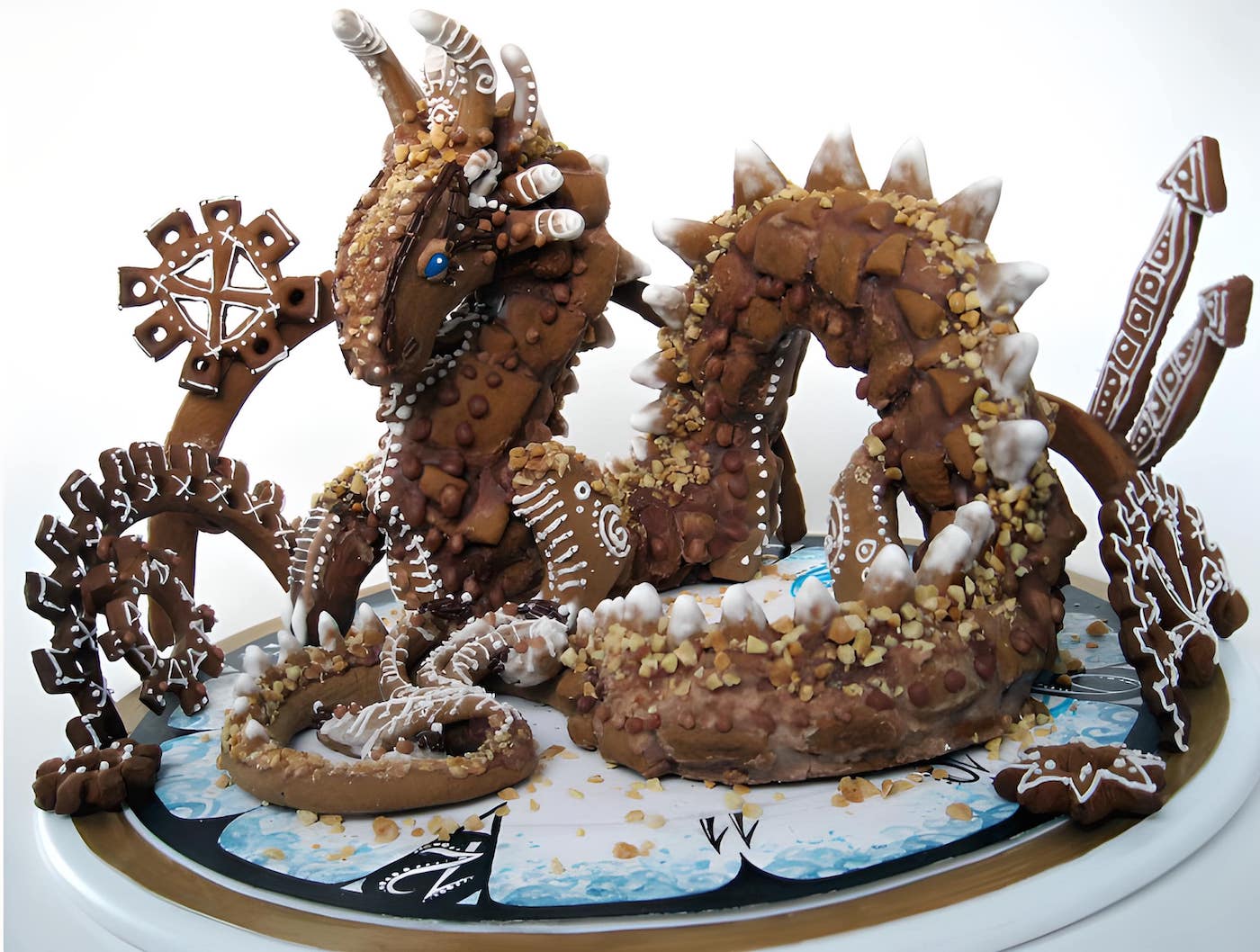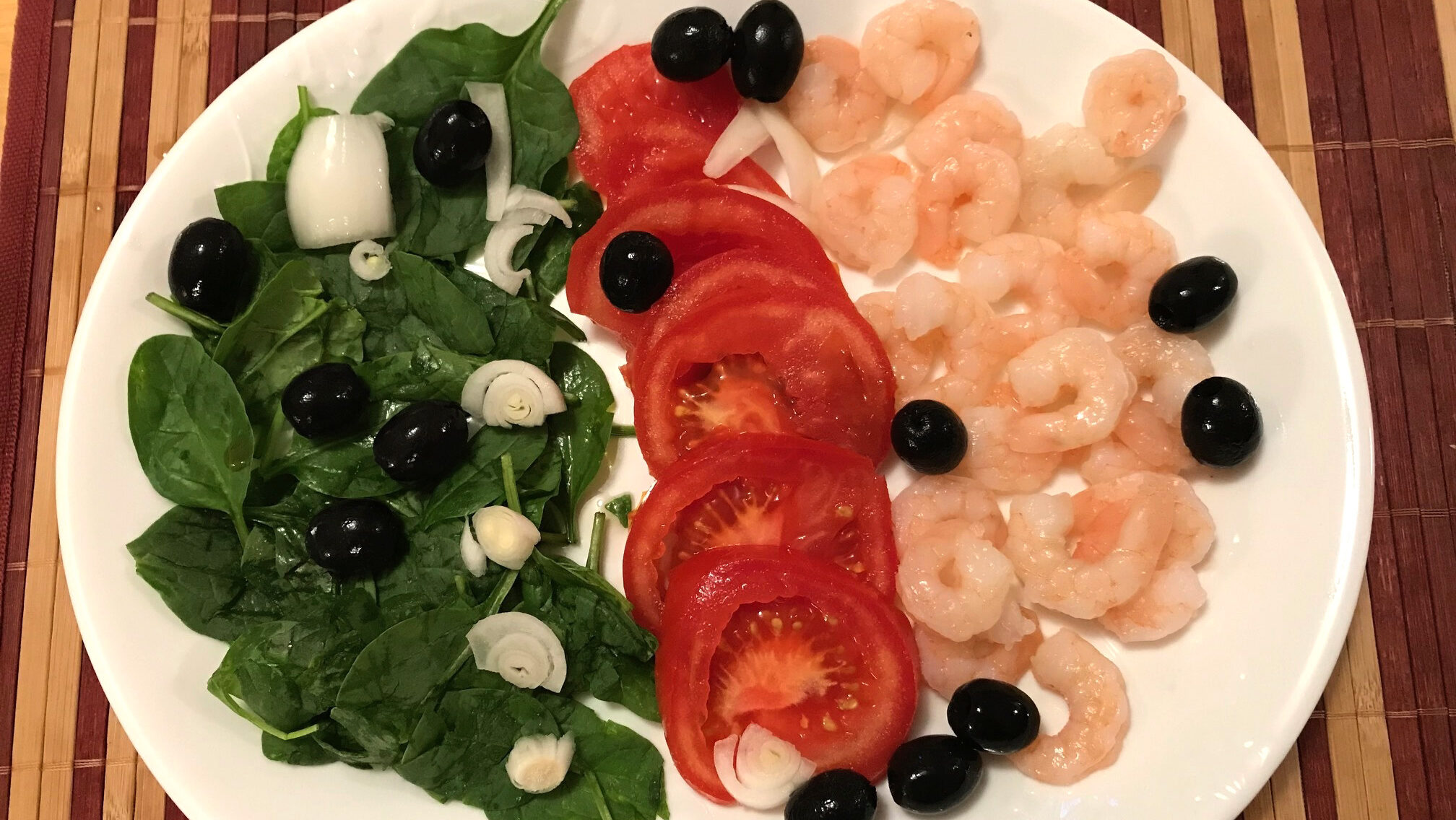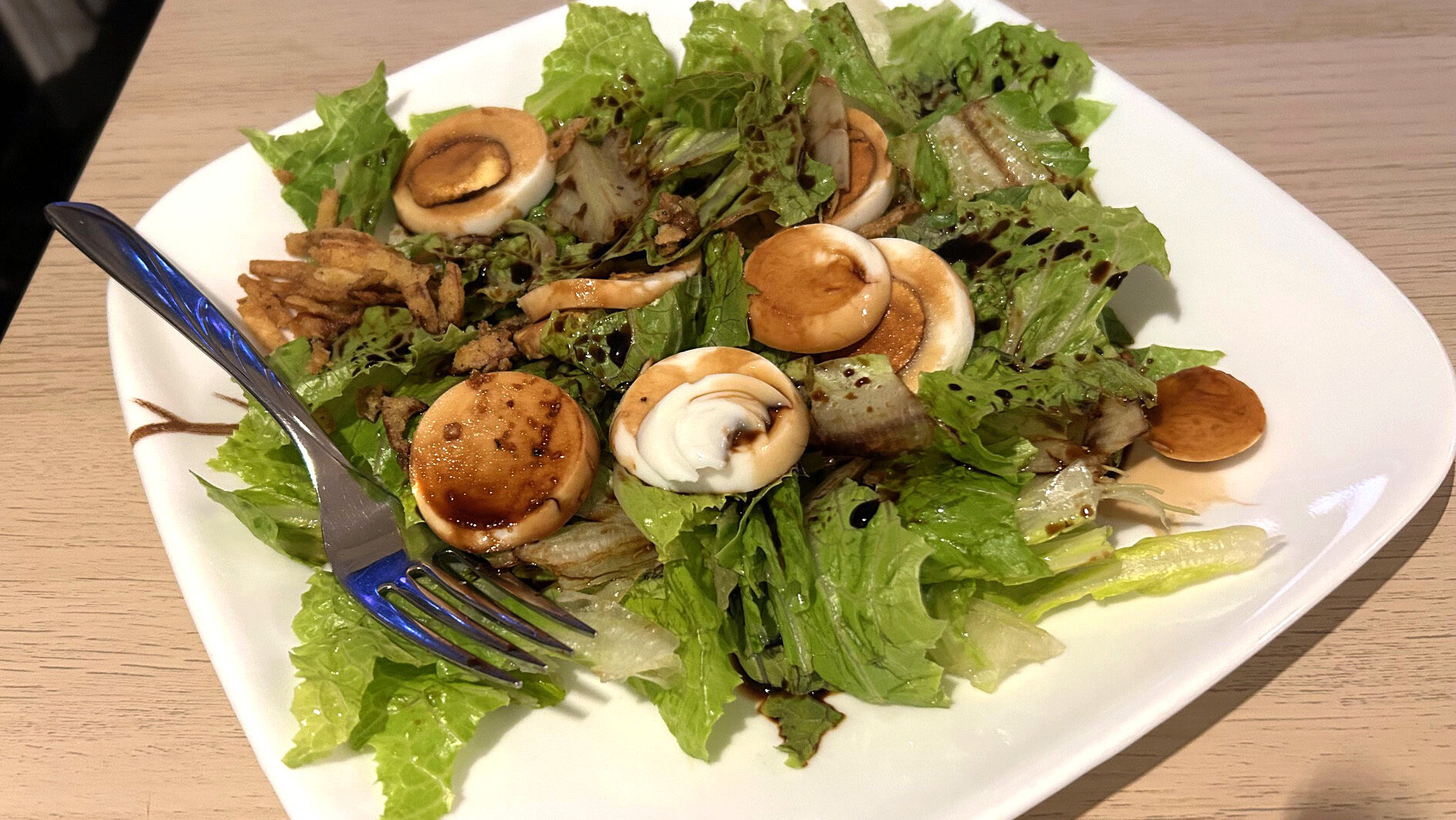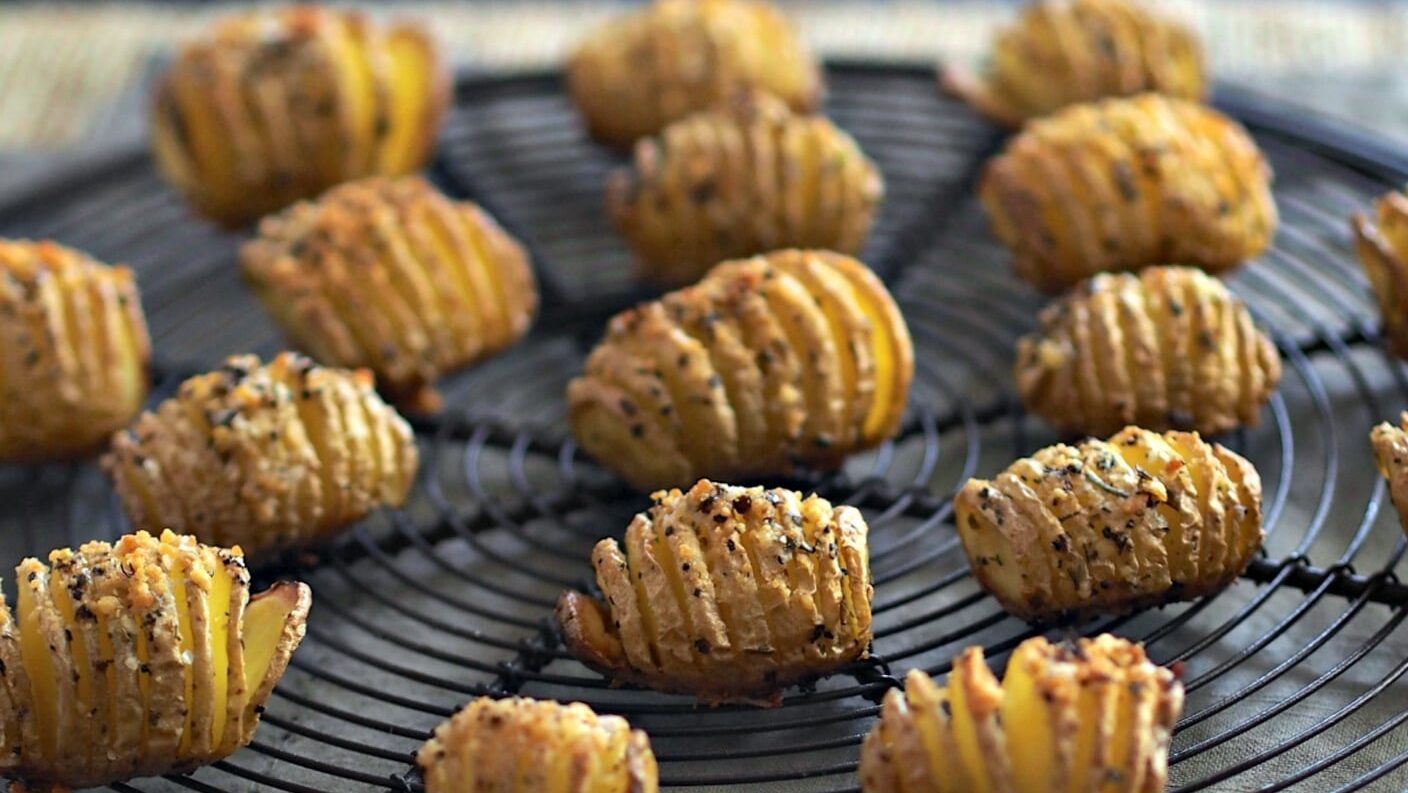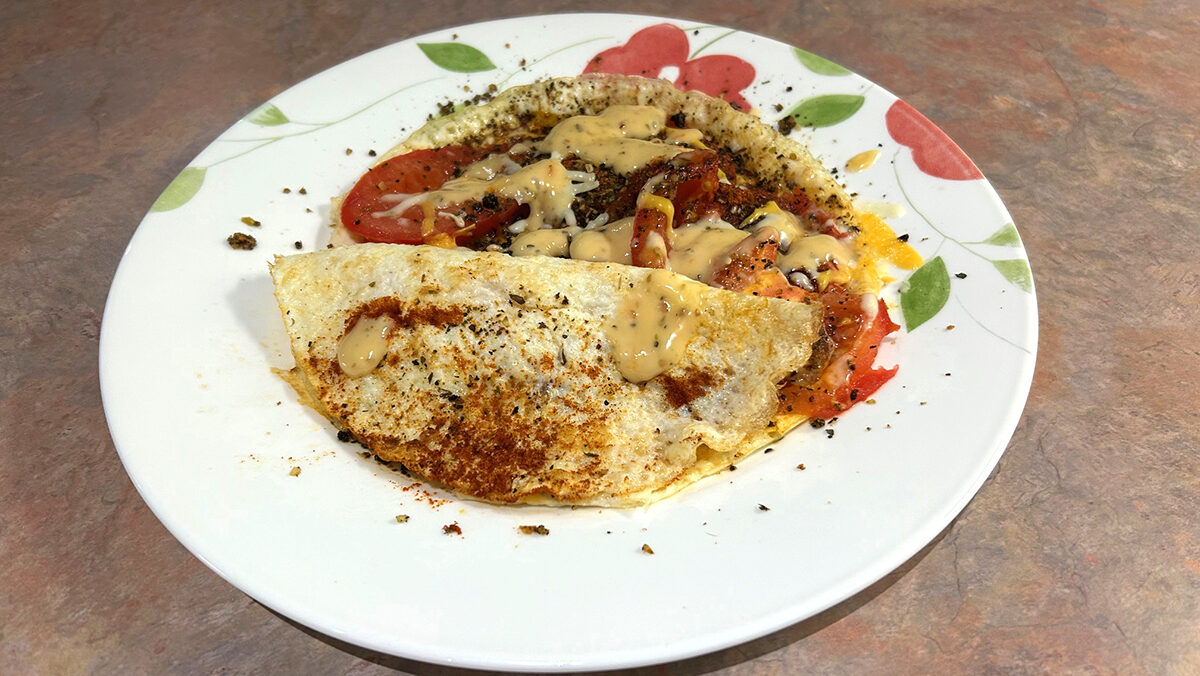However, a stoic march through the cold is best capped off with something warm, spicy, or tangy. Gingerbread meets at least two of these criteria, but can also be an aesthetic delight. This is what PiparkoogiMaania MTÜ has shown through their yearly exhibitions at Tallinn's Disaini ja Arhitektuurigalerii (Pärnu maantee 6).
And it's not just shown through gingerbread in its most typical small cookie form. Gingerbread has branched out as a dessert into new artisanal spaces. As they explain, “PiparkoogiMaania is an art exhibition where there is only one condition – everything must be made of gingerbread. Every year, about a hundred professional creative people take part in the exhibition – ceramicists, metal artists, textile designers, interior designers, graphic artists, etc.”
The exhibition, organized by Mari-Liis Laanemaa and Pelle Kalmo, has been around since 2006, and each year it has a different theme. 2021's theme was music. Before, it was fashion. Prior to that, gingerbread has been rolled into mythology, Estonian national symbols, the Olympics, toys, and art history. Each exhibition delves into a separate corner of thought and explores what gingerbread can signify.
Accompanying the exhibitions are photo contests, open to all, which showcase designs that incite awe and laughs alike. Whether you accidentally bake the bread for a little bit too long or knock everyone's socks off with a crunchy, textural gingerbread dragon, making this artistic dessert is a playful endeavour.
Previous competitors have come from as far afield as Switzerland and Hungary, true to gingerbread's associations with trade routes, spices, and luxury goods. Especially historic gingerbread traditions come from Poland, Germany, Hungary, and the Czech Republic.
Naturally, Canada also celebrates these traditions with its own gingerbread competitions. One such competition is GingerCane, for which contestants have been baking and accumulating hundreds of thousands of dollars in donations for children's hospitals in western Canada since 2010. This contest's focus has been on constructing miniature gingerbread dwellings.
Is there hope, though, if you haven't honed your own home baking skills? Luckily, gingerbread recipes aren't as fiercely guarded as they once were. In recent years, Le Cordon Bleu Ottawa has held workshops and sold gingerbread house kits. In Estonia, PiparkoogiMaania hosts school and corporate workshops at their exhibition space, where the public are taught how to make gingerbread, with pieces connected with hot sugar syrup, adorned with a sugar and egg white glaze, and topped with melted caramel candies.
PiparkoogiMaania adds, “Gingerbread was not only associated with Christmas, but was also made for holidays all year round: various religious holidays, Easter, Pentecost, and Christmas, but also for the New Year, weddings, baptisms, and other family holidays.” So it doesn't need to be December to get baking!
Here's your prompt then to spice up the winter months. You can make your art and eat it, too.
